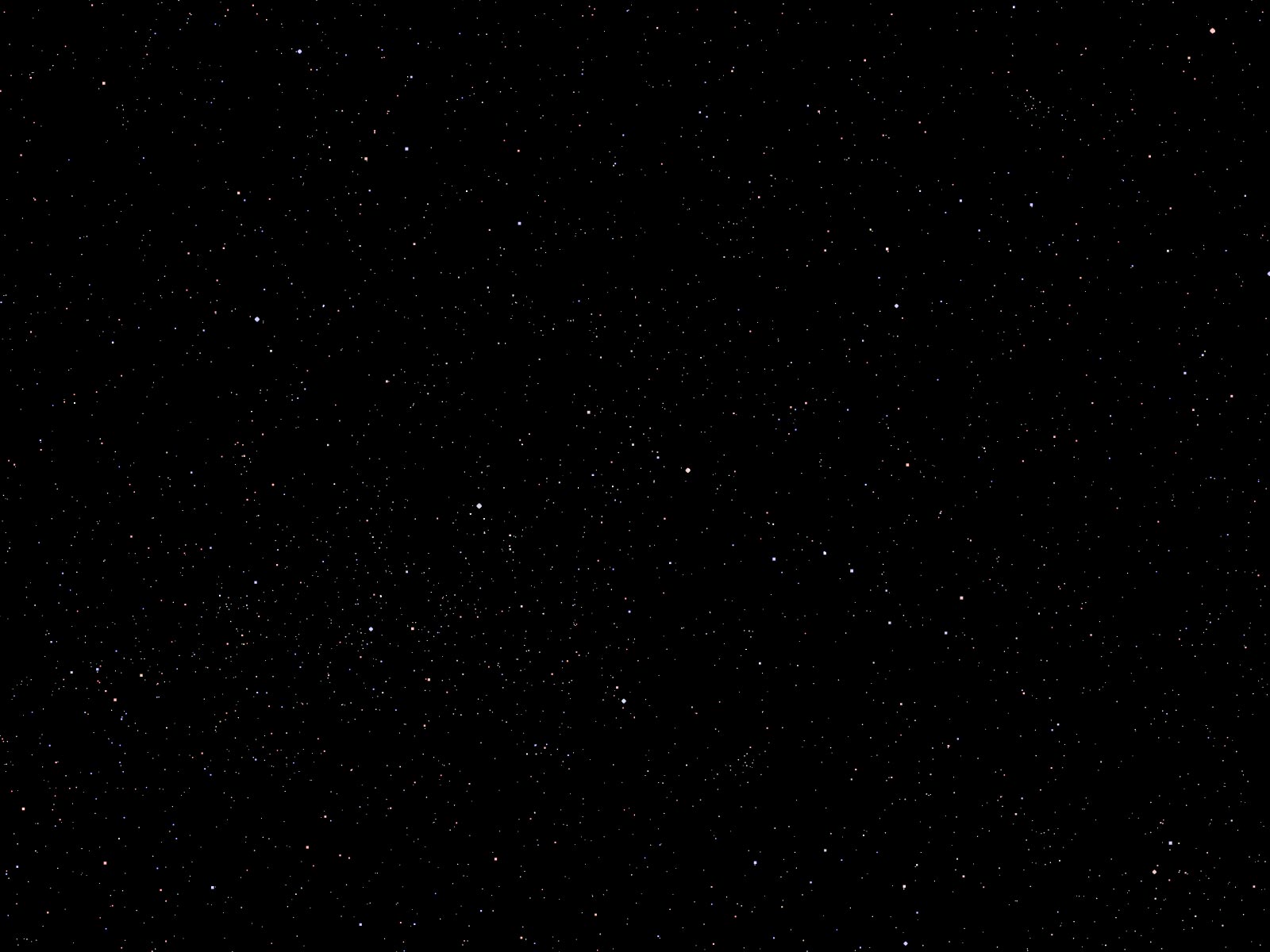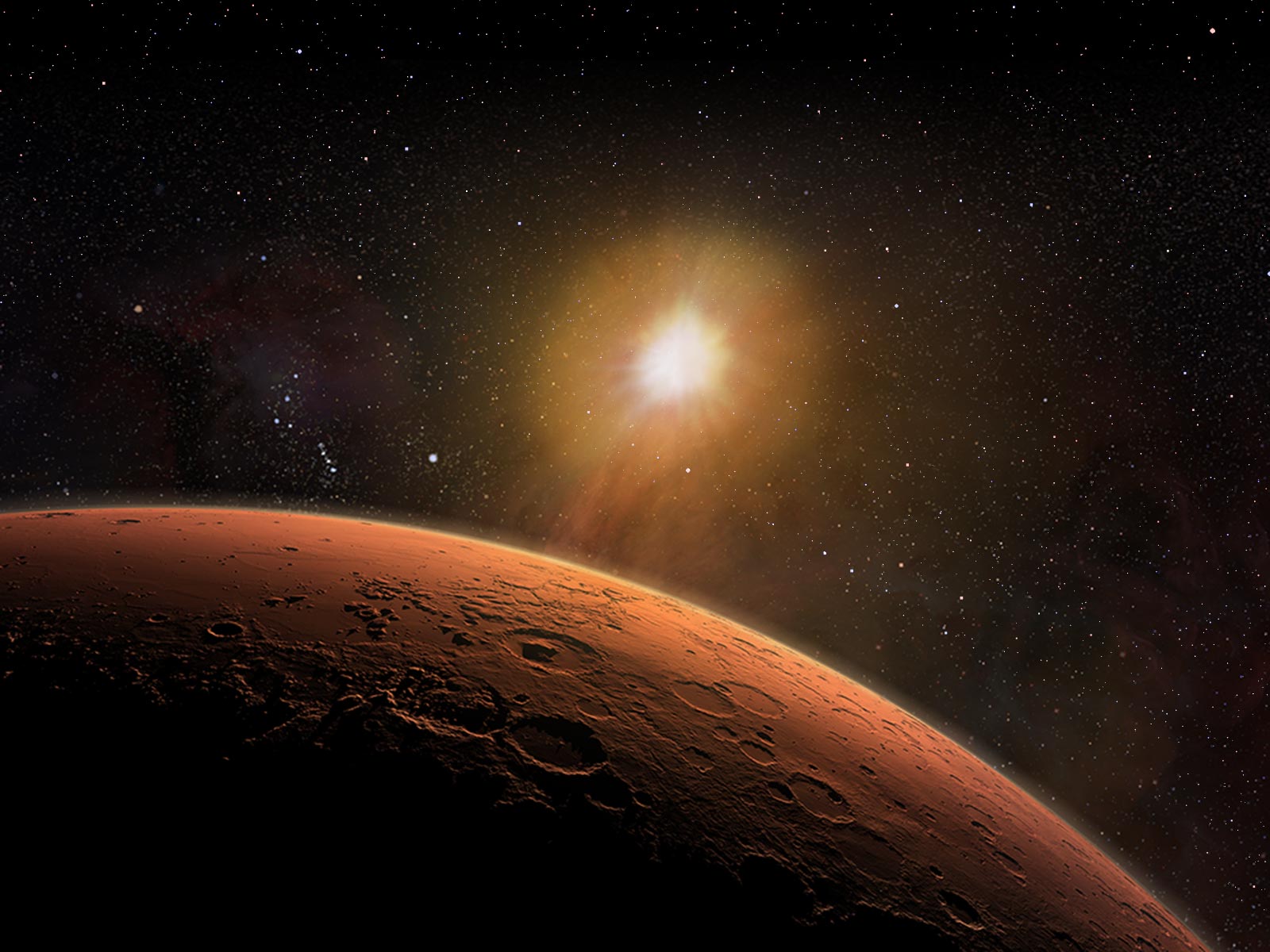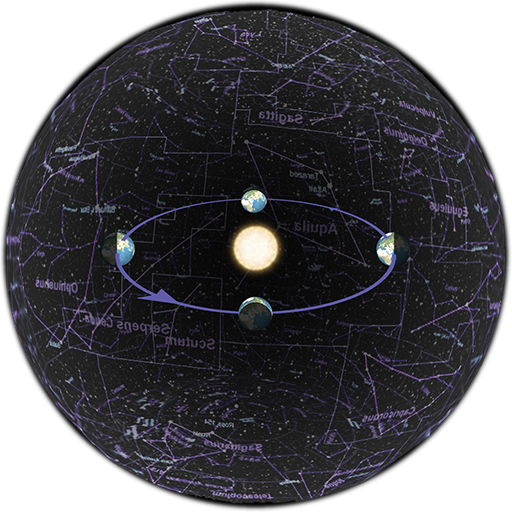


 U.Mars — Encyclopedia
U.Mars — Encyclopedia
Basic Astronomy and the Nighttime Sky
Strictly speaking, a constellation is a region in the sky. Think of how the borders and labels of countries on an Earth globe divide the surface into distinct areas. Similarly, the night sky is divided into 88 official constellations (as designated and approved by the International Astronomical Union in 1922); many of these are based on historically-defined "constellations," such as Orion, Leo, Cassiopeia, and others.
A shape traced out in the sky by imagining connecting lines between stars is not a constellation but an asterism. The classic "Big Dipper" is an asterism made by a subset of the stars in the asterism "Ursa Major" (the "great bear"); the latter lends its name to the constellation in which those stars are observed. Constellations contain asterisms, as well as many more stars, nebulae, galaxies, and other objects too faint to see; that is not to say that the constellation physically contains all those objects in a small space, so much as if you wish to find certain objects one might say "look in the direction of the constellation ______."
Examples of well-known asterisms, and the boundaries of some of the current official constellations, can be seen in the images below.
|
|
|
Which constellations are visible on a given night depends on the time of year and the viewer's location. As the Earth (or Mars) travels around the Sun in its orbit, the Sun blocks view of constellations in its direction. The constellations visible at midnight one night will be behind the Sun at noon half a year later, while those previously obscured by daylight will be prominent in the nighttime sky.
Study the diagram below to get a sense for the physical basis of this. Keep in mind that the stars are not at equal distances from the Sun, nor do they move significantly in a year's time.

diagram of Earth orbit and starry background
(click on the image to enlarge)
See also: